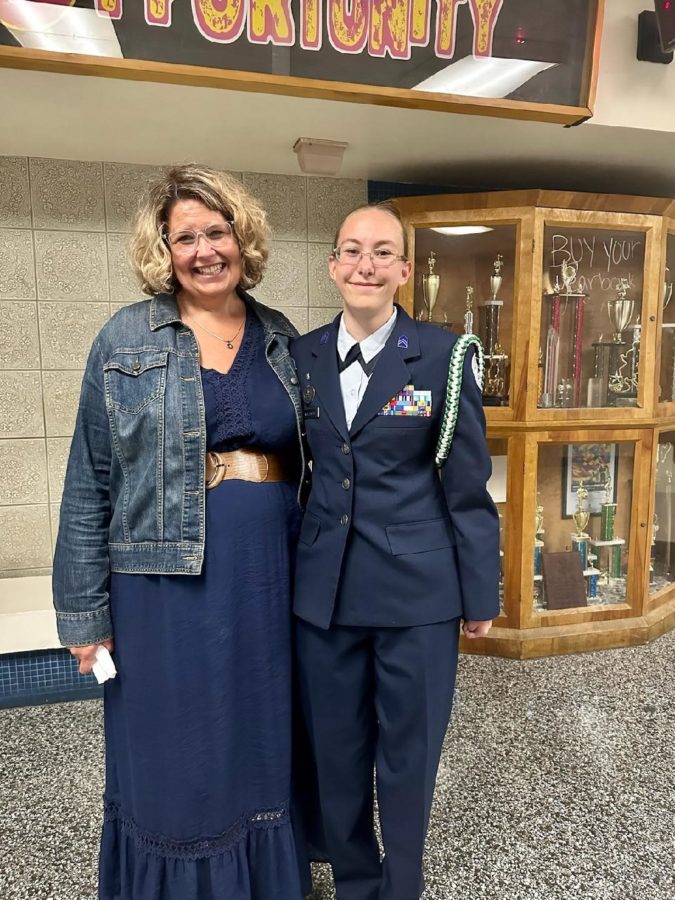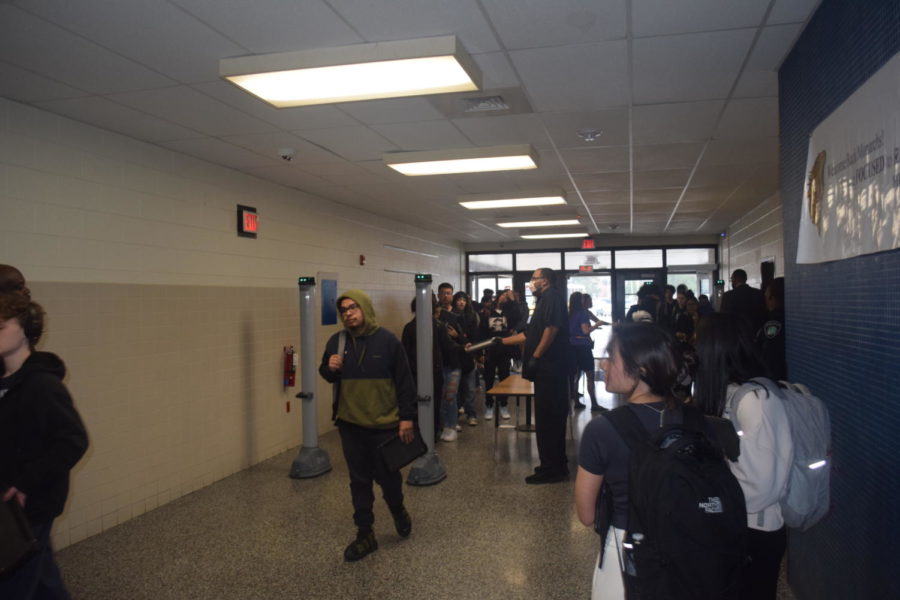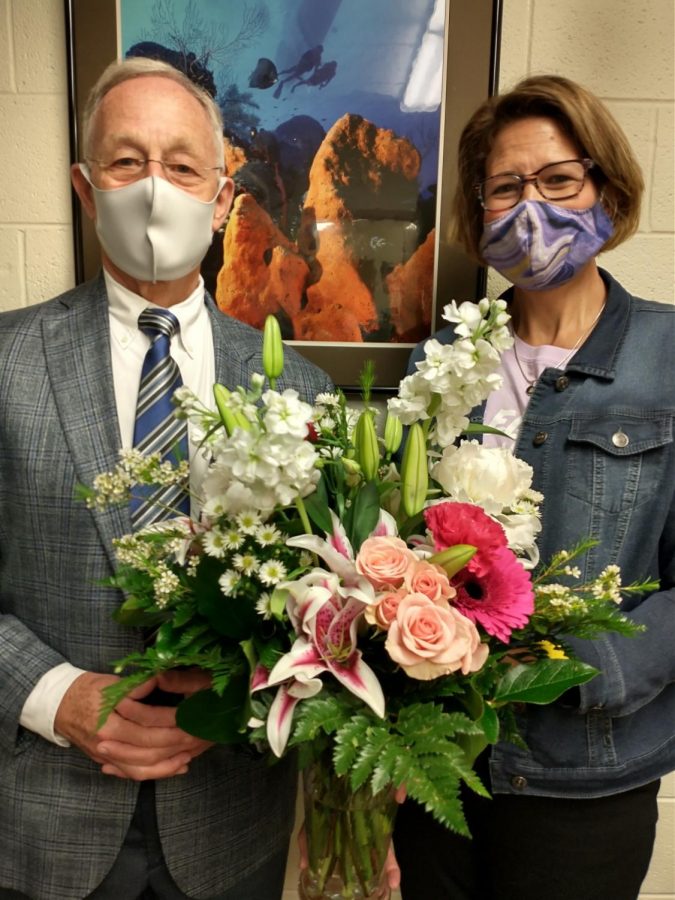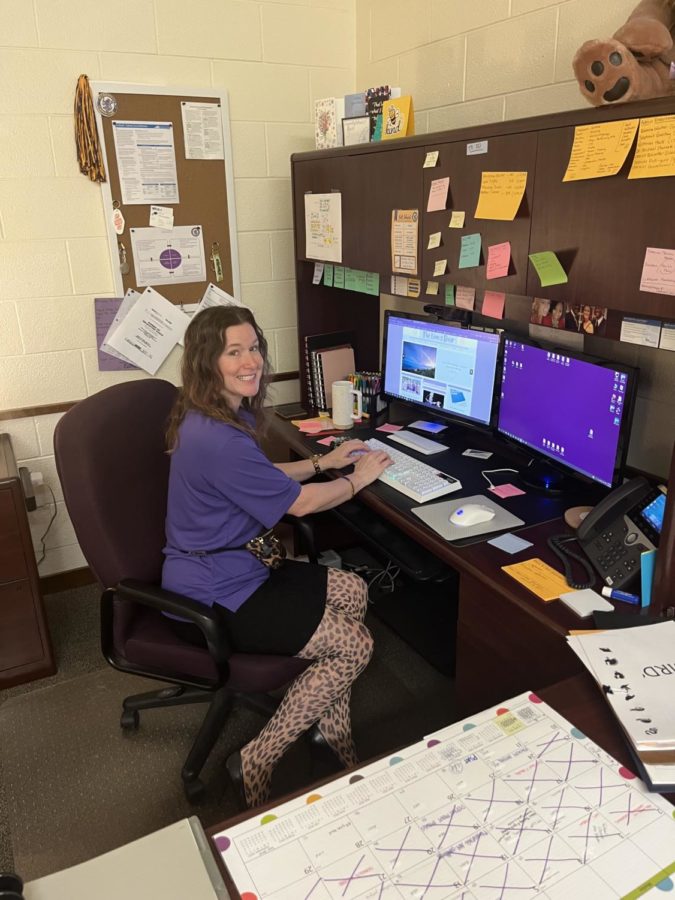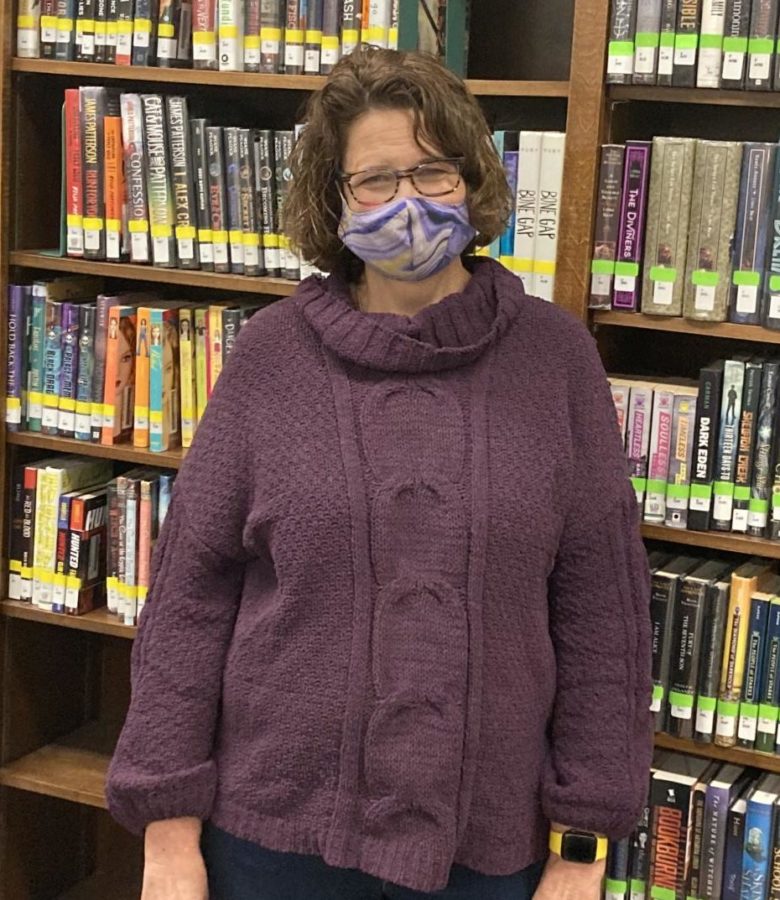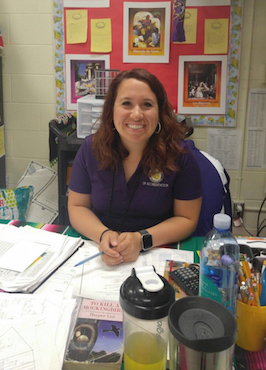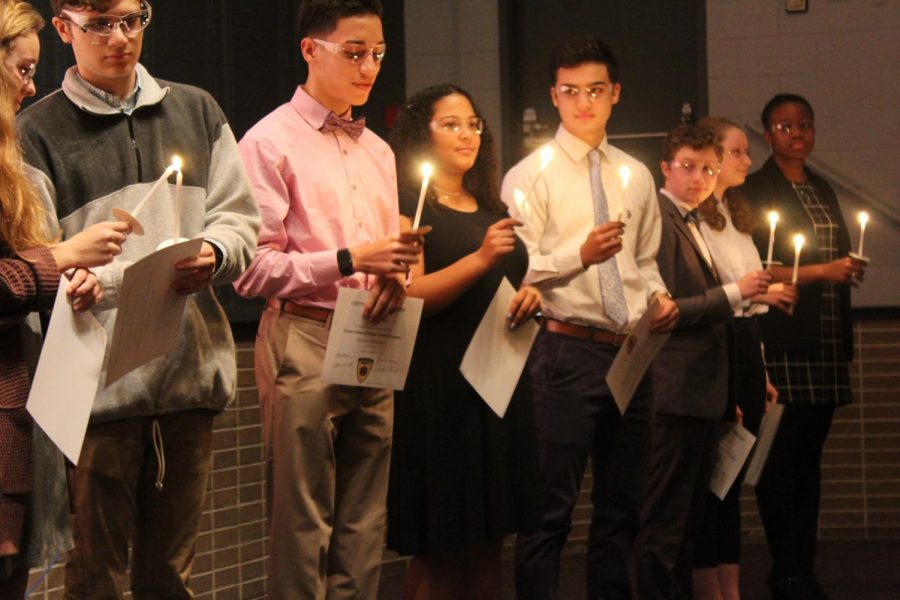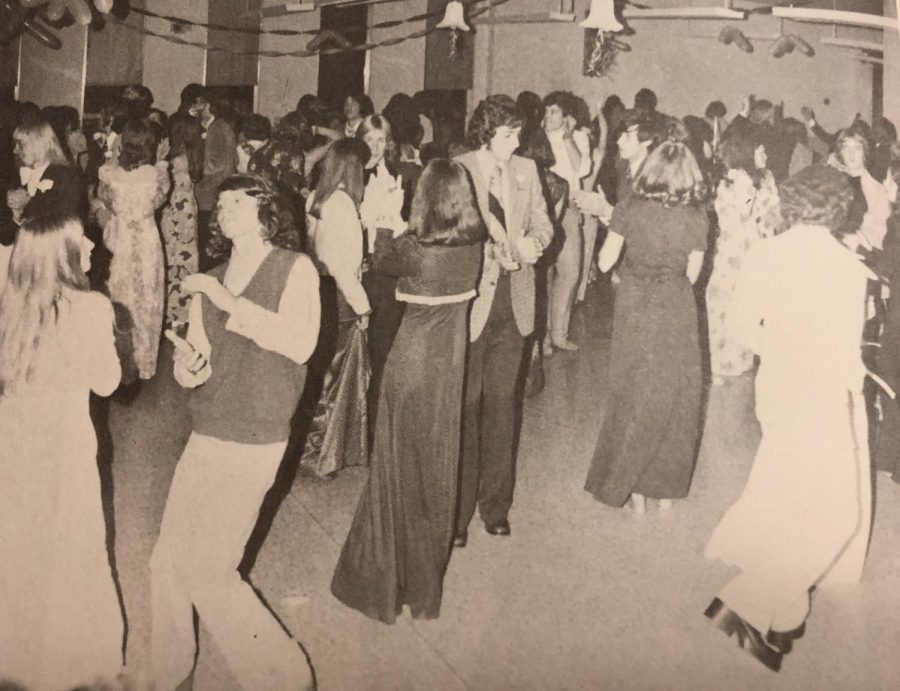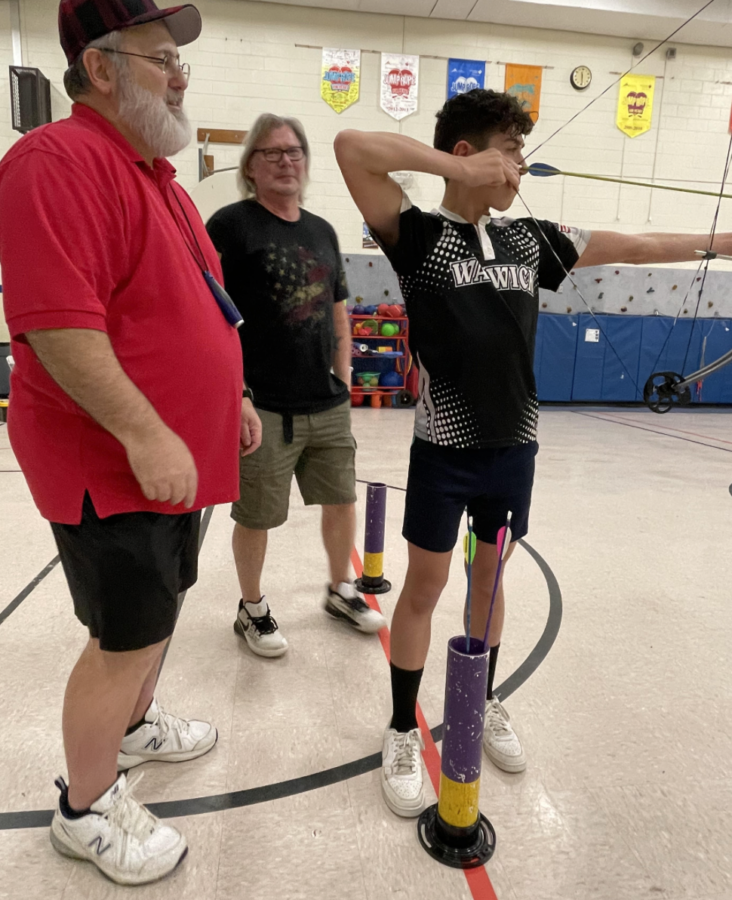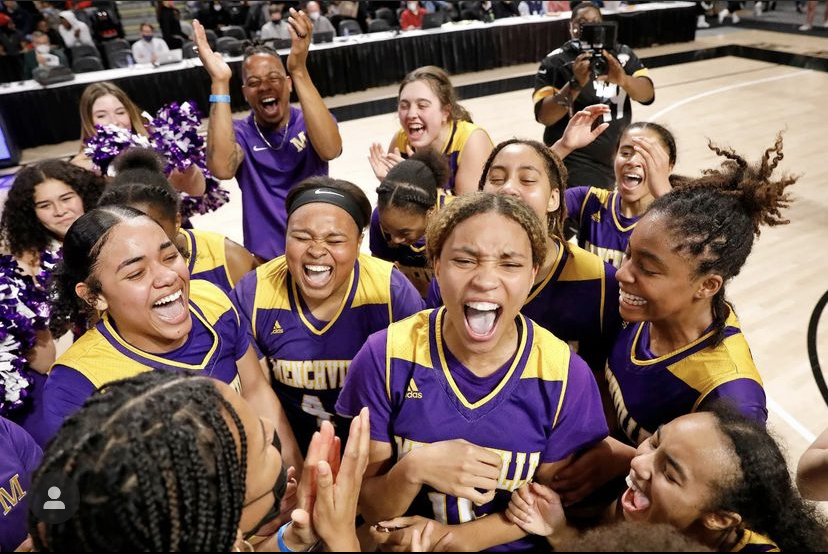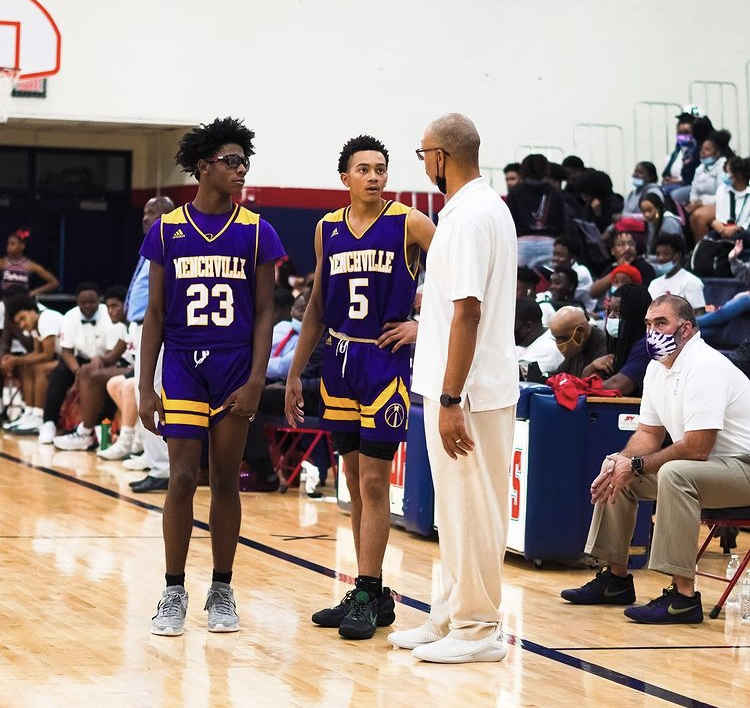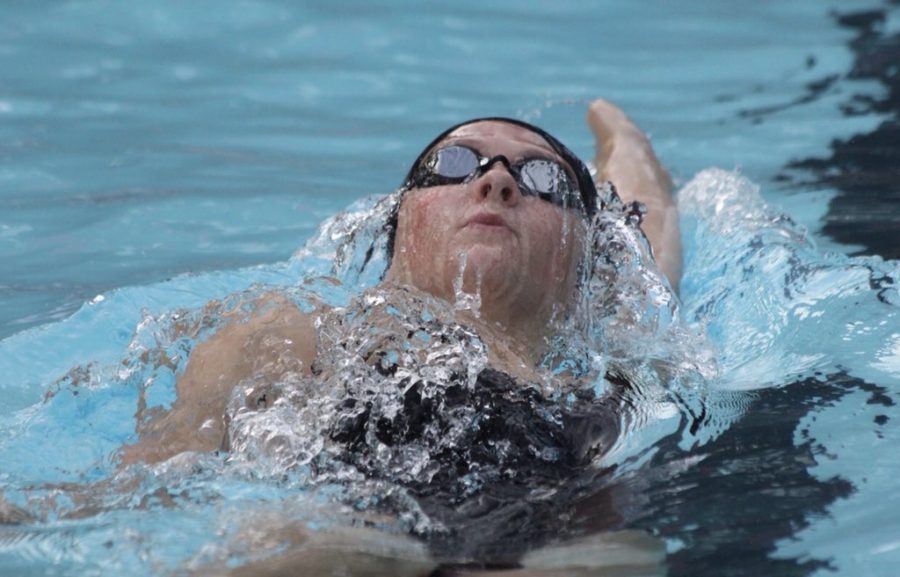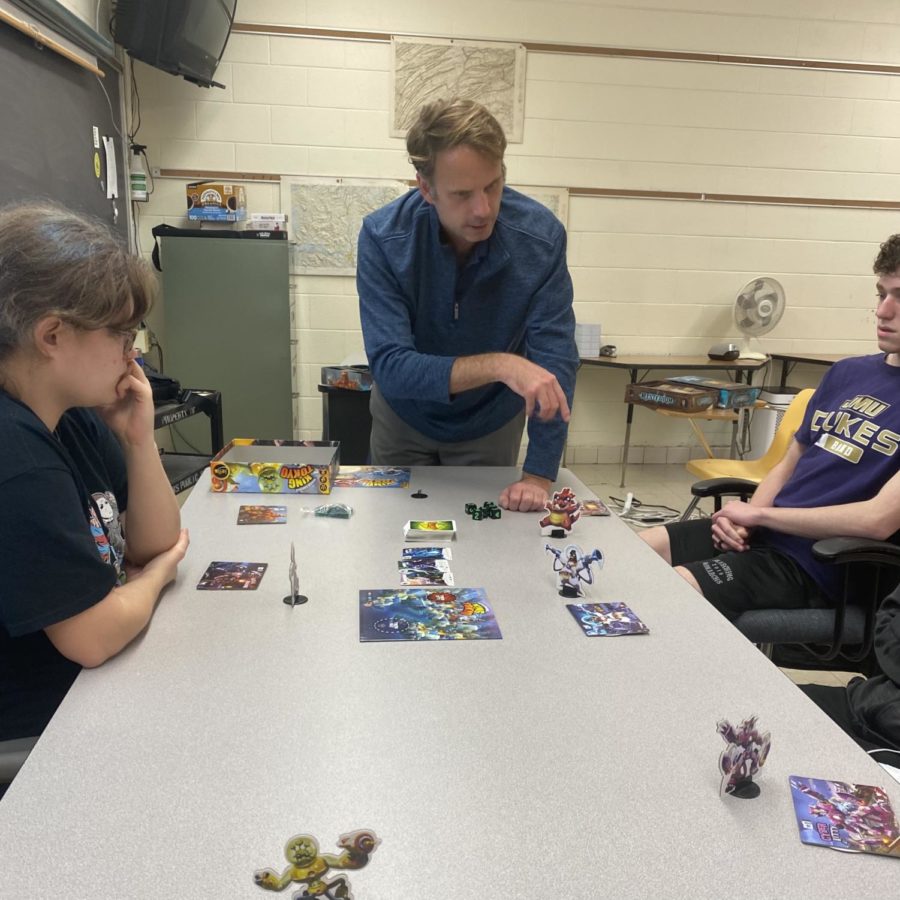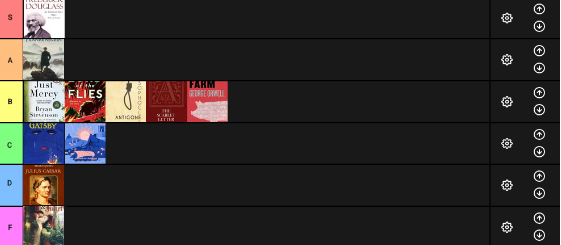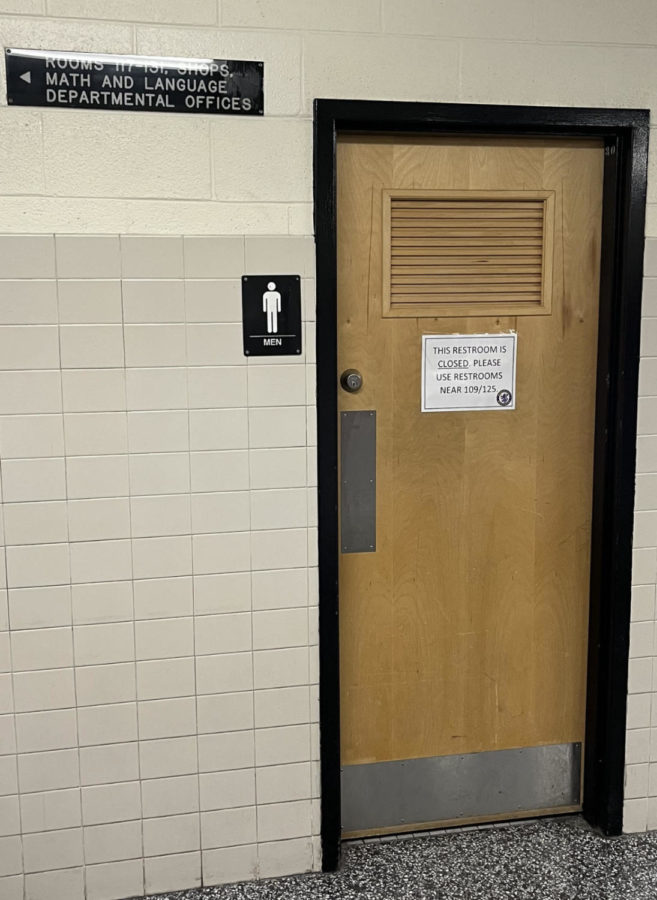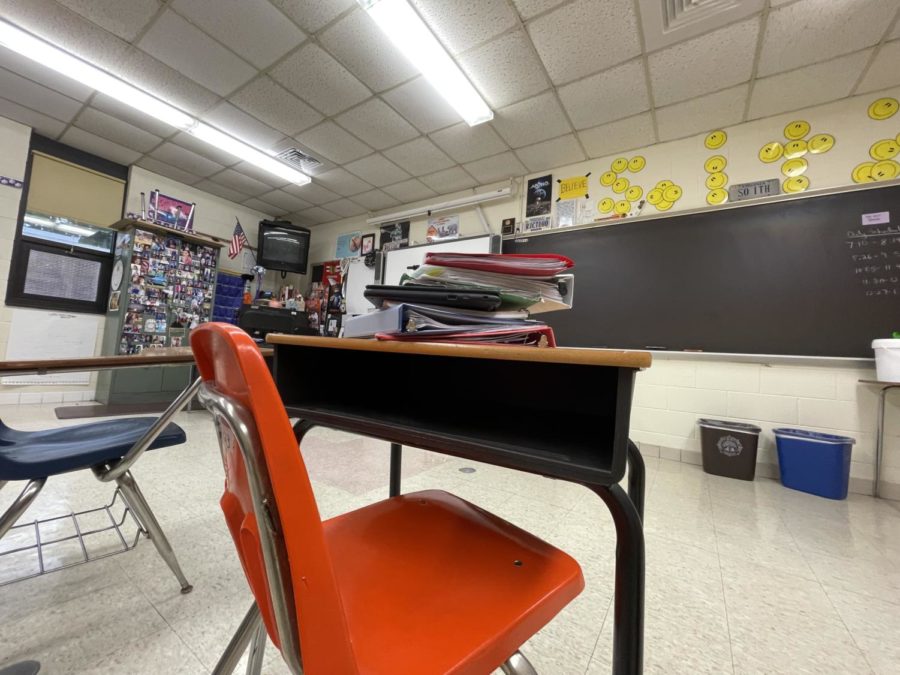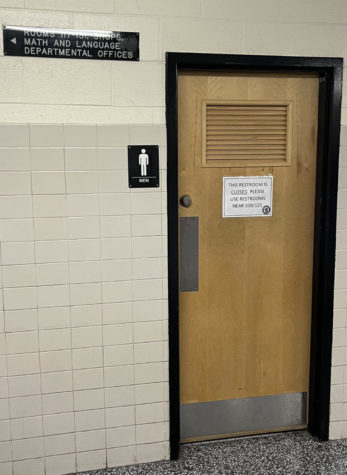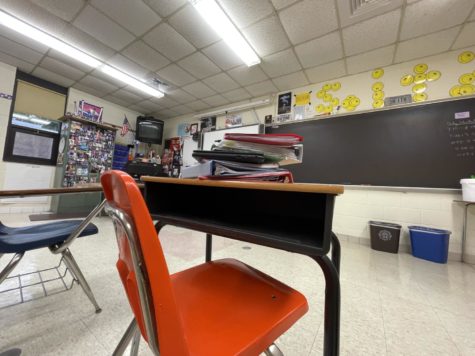Underpaid and Unacknowledged: The Financial Generosity of Teachers
Most teachers spend hundreds to thousands of dollars worth of their own money on supplies for their classrooms.
If you walk into a classroom at Menchville, most of them are filled with welcoming decorations and furniture. They are a nice addition to the room, but who paid for these materials? Some teachers are spending hundreds to thousands of dollars worth of their own money in order to create the most comfortable learning environment in their classrooms, and to provide for the needs of students. The school gives few reimbursements to the teachers to help cover the cost, totaling at $25 that teachers may get reimbursed, but isn’t it the school’s job to ensure that the school is a safe and fair place, both for teachers and students? Teachers already have the responsibility of creating lesson plans and teaching students required material from a set curriculum, they should not have to spend large sums of money on supplies and decorations. The cost of pencils, paper, and other school supplies, as well as additional materials such as room decorations or website subscriptions add up quickly and become extremely expensive.
“I would say it’s a safe estimate that over a given year I spend in the ballpark of $1000 for school supplies for the students,” explained Spanish teacher Alice Shepley. You can get $50 of supplies, but you can’t have the $50 of supplies for the first day of school. It’s easier for me to go buy it and have it for the first day, than to spend five weeks waiting on something to come, and then the system is too late for you to use those things. And I can’t get reimbursed for the website subscriptions that I do. The $50 has to be something they order through a catalog, or through Amazon or some approved site.”
Some teachers at Menchville have started searching for other ways to obtain supplies for their classrooms, without having to pay for them themselves. Brandon Traner, AP Calculus and AP Statistics teacher, rewards extra credit to students that donate needed supplies to his classroom, such as tissues, batteries, paper, and hand sanitizer. Others have found websites and organizations willing to help teachers afford supplies for their classrooms. English teacher Janine Carneal uses two different websites, www.donorschoose.com and www.adoptaclassroom.com, to get supplies donated or paid for by the community. She also uses #clearthelist, a community campaign dedicated to supplying teachers who have an Amazon wish list with needed supplies by paying for the items on the list.
“I have things on both of those websites, like projects I want or books I want to buy for my classroom, or something like that, and the community out there wants to help teachers, so they support those programs. So my cost has significantly been cut down because of those two programs. I got all of the supplies for the English department supplied by #clearthelist,” said Carneal. “The community is out there and willing to help, so we should let them know what we want for our classrooms, and they pay for it.”
The community is willing and able to help teachers provide for the students without spending large sums of their own money, and teachers should take advantage of those opportunities; however, the school should also provide some supplies for teachers, or give them more money to cover supplies so that they don’t have to spend as much on their own. The small amount of $25 reimbursed that teaches receive is not enough to help them cover the costs of supplies. Teachers salaries are surprisingly low for the amount of work that they do, so the school shouldn’t expect them to be able to afford everything that they need in they classrooms without help from the community and the school.

Committed to graduate in 2021, Beth Ellis is a fourth year staff writer for The Lion's Roar. She has always had a passion for writing and taking photos,...

